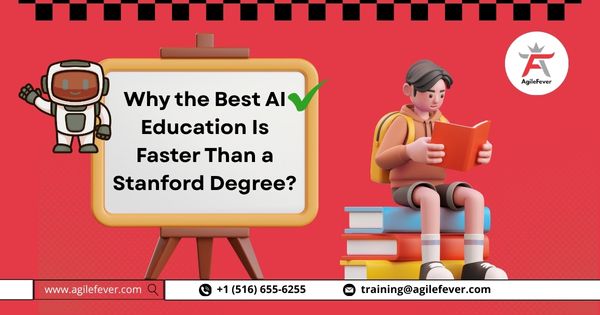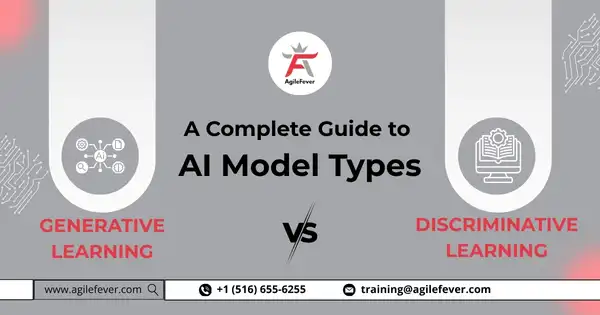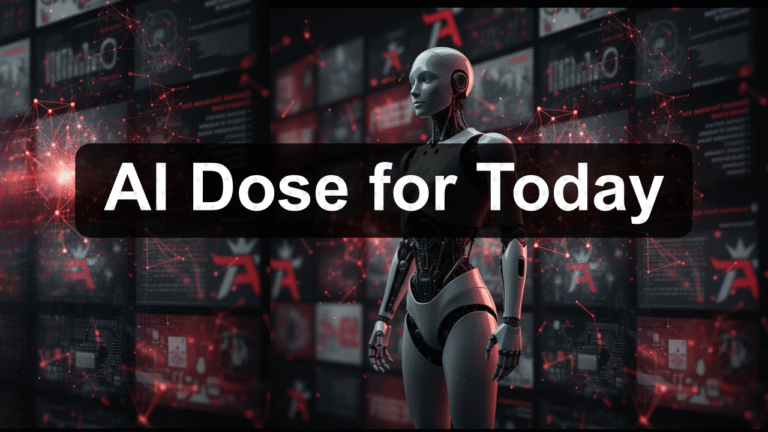Artificial intelligence has moved from research labs to business boardrooms. From hospitals using predictive analytics to financial firms relying on algorithmic trading, AI now powers decision-making across every sector. Professionals who understand how AI models work hold an undeniable advantage in hiring, leadership, and innovation.
The Stanford University syllabus remains the most cited reference point for structured AI education. It combines data science, machine learning, and neural networks under one rigorous framework. Yet, its format, spanning multiple semesters and dependent on long approval cycles, no longer fits how technology or professionals evolve.
The goal isn’t to criticize academia but to acknowledge a reality: learners need speed and practicality. While theory shapes understanding, experience cements it. Today, you can achieve the same foundational knowledge the Stanford syllabus provides in a fraction of the time through flexible, mentor-led programs that emphasize doing rather than memorizing.
The Ideal Modern AI Syllabus
If we reimagined the Stanford University syllabus for the modern era, it would remain comprehensive but adapt its delivery. The ideal AI curriculum combines deep theory, modern frameworks, and career-ready applications.
1. Machine Learning Core
AI begins with machine learning. A forward-looking syllabus should focus on:
- Data handling: preprocessing, feature scaling, and cleaning noisy datasets.
- Model design: regression, decision trees, SVMs, and clustering.
- Evaluation: accuracy, recall, precision, and bias metrics.
- Hands-on labs: projects that predict sales or detect fraud using real datasets.
Instead of only theory exams, learners apply algorithms to real-world data problems, seeing directly how models perform and fail.
2. Deep Learning Foundations
The Stanford University syllabus introduces neural networks as the next step beyond machine learning. A modern version would make this section more interactive by teaching architecture through mini builds:
- CNNs for image classification tasks.
- RNNs and Transformers for text and sequential data.
- Model optimization through hyperparameter tuning.
- Practical coding in PyTorch or TensorFlow from day one.
Rather than spending months on math proofs, learners understand through execution, training networks, debugging them, and improving their accuracy iteratively.
3. Generative AI and Responsible Automation
No modern syllabus is complete without generative AI. Learners should study:
- How large language models generate content.
- Prompt engineering for accuracy and ethical alignment.
- Data privacy and bias mitigation.
- Deployment of generative tools for real tasks, chatbots, assistants, and data augmentation.
4. Industry-Ready Additions
Beyond algorithms, real-world collaboration matters. The modernized Stanford syllabus would include GitHub use, MLOps fundamentals, and integration with APIs to prepare learners for team environments.
This mix builds thinkers who can not only discuss AI but implement it confidently, turning theory into tools that deliver measurable impact.
The Cost of Academia (Pain Point)
Even with its prestige, the Stanford University syllabus represents a system that many learners can’t afford, financially or temporally. Traditional universities offer structured environments, but their format comes with clear pain points.
1. Financial Reality
The cost of an AI-related degree in the U.S. easily exceeds $50,000. Many learners on Reddit and Quora share stories of graduating with debt that overshadows early career earnings. One graduate wrote, “I owe more than I earned in my first two jobs combined.” Another commented, “Half my student loans went to courses I never used at work.”
A major frustration lies in paying for prestige rather than progress. While the Stanford University syllabus delivers a robust academic foundation, its accessibility remains limited to those with financial flexibility.
2. Time as a Hidden Cost
AI frameworks evolve quarterly. Universities update their curricula annually, sometimes more slowly. By the time a new edition of a course gets approved, entire toolsets may have changed. Learners often graduate with theoretical understanding but outdated technical exposure.
The Stanford syllabus focuses heavily on foundational logic, which is valuable, but a four-year timeline makes learners reactive to change instead of proactive in it.
3. Outdated Infrastructure
Some university programs still use static labs, limited datasets, or older frameworks. Students complete research projects that feel detached from real business applications. While the learning is deep, it’s not always market-ready.
4. The Employability Gap
Employers now value candidates who can demonstrate skill through projects rather than degrees. The hiring landscape has shifted toward portfolios, proof that you can build, not just study. As one Reddit user wrote, “My certificate didn’t get me the job, my GitHub did.”
The Bootcamp Advantage (Agile Fever)
Bootcamps are not a shortcut; they are a re-engineering of education. They condense the Stanford University syllabus into guided, hands-on, outcome-focused learning. The structure mirrors what professionals actually need in the workplace.
| Criteria | University Degree | Free MOOCs | Agile Fever Bootcamp |
| Duration | 3–4 years | 4–12 weeks | 4–6 months |
| Average Cost | $50K–$70K | $0–$100 | $2K–$5K |
| Curriculum Update | Slow | Instructor dependent | Every quarter |
| Learning Style | Lecture-based | Self-paced | Project-based |
| Mentorship | Office hours | Forum replies | Dedicated 1-on-1 mentors |
| Outcome | Degree credential | Certificate | Portfolio + job guidance |
1. Speed Without Sacrifice
Bootcamps cover the same conceptual journey, data preprocessing, model building, and neural networks, but compress it into months, not years. Learners progress through structured sprints, building and testing from day one.
2. Real-World Mentorship
Experienced mentors guide students through practical obstacles: debugging errors, managing datasets, and optimizing model accuracy. The learning becomes personal, immediate, and applicable, the opposite of waiting for graded feedback weeks later.
3. Market Relevance
Bootcamps continuously adjust to industry trends. If a new generative AI framework launches, it’s integrated within weeks. The Stanford University syllabus takes time to adapt, but Agile Fever ensures its learners always study current technology stacks.
This agility helps professionals pivot into AI without restarting their careers.
Bridging Academia and Industry
AI education doesn’t need to choose between depth and speed. The smartest systems merge both the structured clarity of the Stanford University syllabus and the flexibility of bootcamp execution.
1. Foundation from Academia
Academic rigor remains unmatched for understanding logic and theory. Programs inspired by Stanford’s depth ensure learners appreciate the “why” behind each algorithm.
2. Agility from Bootcamps
Fast-paced programs apply that theory through implementation. Learners who pair conceptual study with bootcamp-style practice outperform those relying solely on one model.
3. Collaboration Over Competition
Universities and bootcamps could collaborate by sharing expertise, one providing frameworks, the other providing speed. This would modernize AI learning for the next generation of professionals.
4. The Future of Hybrid Learning
Imagine earning academic credits through project submissions, not exams. That hybrid structure, inspired by the Stanford University syllabus but enhanced through agile delivery, represents the next evolution in AI education.
The goal isn’t to replace universities but to democratize what they started.
Why Practical Learning Wins
Employers evaluate proof, not paper. AI recruiters care about how quickly a learner can build, iterate, and deploy models. Academic achievement impresses, but applied skill convinces.
1. The Portfolio Effect
In interviews, a well-documented GitHub project or AI demo speaks louder than transcripts. Bootcamp learners excel here because their training emphasizes output, real, measurable evidence of understanding.
2. Confidence Through Application
Many learners hesitate when the theory feels abstract. Once they deploy their first model or API, the subject transforms from intimidating to tangible. This learning pattern, often missing in traditional coursework, keeps momentum high.
3. The Lifelong Learning Advantage
Bootcamps cultivate habits of continuous upskilling. Learners revisit modules as tools change, adapting with the market. That adaptability mirrors the continuous innovation once pioneered by the Stanford University syllabus, but now scaled to a real-time pace.
In short: degrees provide titles; projects prove transformation.
Conclusion
The Stanford University syllabus defined what great AI education looks like: comprehensive, structured, and intellectually demanding. Agile Fever builds on that legacy by making the same journey faster, more accessible, and guided by real practitioners. If you’re ready to move beyond reading theories and start building with confidence, this is your sign to act.
Join our masterclass for free and explore more with Agile Fever. Experience live mentorship, practical exercises, and a clear roadmap to turn AI curiosity into capability. You’ll see how a focused, six-month effort can deliver what years of traditional study promise. Learn smarter, build faster, and shape your own AI future.
FAQs
Why are faster AI programs becoming popular?
Because professionals want to build skills that can be applied immediately instead of waiting years to graduate.
Do bootcamps provide the same depth as university degrees?
They offer less theory but far more application, helping learners understand how AI models work in practice.
Can beginners with no coding experience start AI courses?
Yes. Most programs introduce Python and data basics before moving into machine learning or deep learning topics.
How long does it take to learn AI foundations?
On average, learners develop a solid understanding within four to six months of consistent practice.
What makes mentorship so valuable?
Mentors shorten learning curves by helping students debug, clarify concepts, and stay motivated throughout the process.
Are projects more useful than certificates?
Employers prefer seeing proof of skill, working models, or code samples, rather than only credentials.
How often do bootcamps update their content?
Regularly, often every few months, to match the pace of new AI tools and technologies.
What’s the difference between MOOCs and bootcamps?
MOOCs are self-paced and affordable but lack feedback. Bootcamps include structured timelines and personal guidance.
Can working professionals balance a bootcamp with their jobs?
Yes. Most programs are designed for part-time study with flexible scheduling.
What’s the best way to keep improving after completing a beginner AI course?
Continue building projects, contribute to open-source work, and stay active in AI learning communities.



